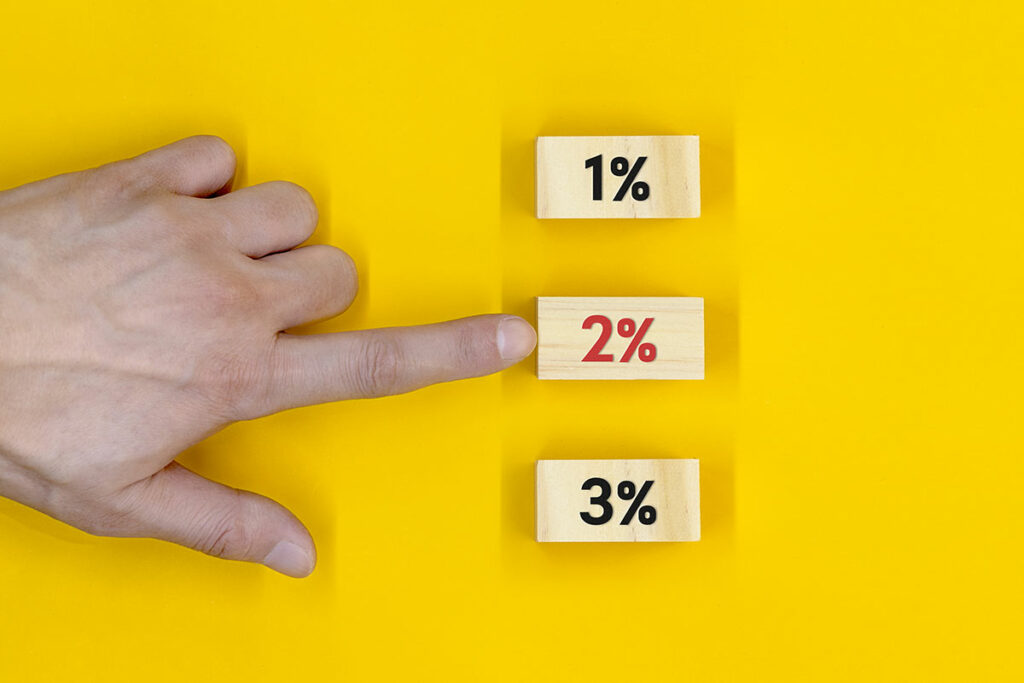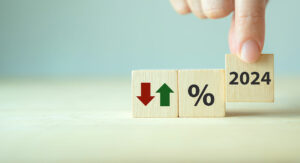Is it Time for a New Inflation Benchmark?

In mathematics, an arbitrary number is one that is undetermined and is not assigned a specific value. But for economists at the Federal Reserve Board, there is an arbitrary number that has immense value: 2%.
While for some 2% is the preferred content of fat in milk, at the Federal Open Market Committee, the central bank’s interest-rate setting body, it is the target for inflation and one half of the agency’s dual mandate of price stability and maximum employment. But it is not based on a theoretical model of economic growth, or a calculation derived from years of research on the inner workings of a market economy. It is an arbitrary number that has become the fiscal tail wagging the Federal Reserve dog. And it’s time to let it go.
The fundamental changes in the foundation of the global economy that emerged in the 1990s that led then-Fed Chairman Alan Greenspan to ask whether the advent of computer technology and the information superhighway had created a “New Economy” was answered in the affirmative by many economists and observers. But even as computers and the Internet challenged traditional perspectives as new industries emerged, the Fed kept a tight grip on the notion of 2% as the goal for inflation.
From the dot.com boom and bust of the late 90s, through the near collapse of the financial system and Great Recession of the aughts and into the post-pandemic world of today, the global economy has grown and remade itself over and over again.
At a time when even the Fed is launching its own instant payments system with Fed Now and banking and financial services are done virtually, the arbitrary fealty to 2% remains a constant theme of Fed policymakers.
Earlier this month in remarks to the Kansas Bankers Association, Fed Board of Governors member Michelle Bowman mentioned the 2% inflation target four times in a two-page speech.
“It’s important to note that monetary policy is not on a preset course,” she said in the speech. “My colleagues and I will make our decisions based on the incoming data and its implications for the economic outlook.”
But the Fed has put monetary policy on a pre-set course, focused on the 2% inflation goal. While employment remains robust and consumer spending is strong, Fed policymakers are seemingly only focused on inflation, which sits at 3.2% down from 8.5% a year ago. And with those economic blinders on, the central bank is determined to keep raising interest rates until the 2% goal is achieved.
But it is past time that the concept of 2% as the prime target for inflation to be reconsidered. Given that it is not based on any substantive research or even generally accepted economic theory, what is special about it? Why not 2.5% or 3%? With all the changes in the economy over the past few decades, why is the Fed holding onto the 2% solution so tightly?
Only Fed Chairman Jerome Powell and his colleagues can answer that question. But have they even bothered to ask it?






